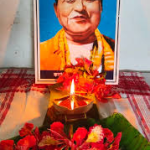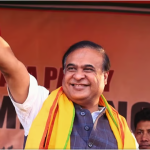Assam – The Yellow Brick Road, To Northeast India
A tea leaf that brews an amber liquid, a palace that was cemented with rice flour and duck eggs, a pasture that preserves a rare golden langur, Assam is a chest full of surprises. An alchemy of cultures, and a confluence of colour. Shades of green – emerald, sea foam and sage – coat the plains, while caramel mountains frame the backdrop. The one horned rhinoceros coexists with the elusive tiger, and artistic traditions blend with modern education. Deemed as the gateway to northern India, Assam is every traveller’s aspiration.
Major attractions
 A rhino in Kaziranga National Park. The park is home to two-thirds of the world’s great one-horned rhinoceroses. Elephant safari in Kaziranga National Park. For the purposes of tourism there are wildlife reserves like the Kaziranga National Park, Manas National Park, Pobitora Wildlife Sanctuary, Nameri National Park, Dibru-Saikhowa National Park etc. It has a rich cultural heritage going back to the Ahom Dynasty which governed the region for many centuries before the British occupation.
A rhino in Kaziranga National Park. The park is home to two-thirds of the world’s great one-horned rhinoceroses. Elephant safari in Kaziranga National Park. For the purposes of tourism there are wildlife reserves like the Kaziranga National Park, Manas National Park, Pobitora Wildlife Sanctuary, Nameri National Park, Dibru-Saikhowa National Park etc. It has a rich cultural heritage going back to the Ahom Dynasty which governed the region for many centuries before the British occupation.Tea Plantations

From 4am to 6 am farmers handpick a special tea clone, at Manohari Tea Estate. The leaf is then hand rolled and processed, to make a beautiful golden brew, that is unlike any other tea in the world. It takes up to 40 days to create this beautiful blend, but only a minute to sip this aromatic liquid. It is India’s most expensive tea, and a culmination of skill and care. Harmutty Tea Estate is one of Assam’s oldest plantations, dating back to 1870. The green hills of Arunachal Pradesh hug this garden, as the Dikrong river flows nearby. The estate provides the perfect recluse for an evening of relaxation and high-quality brewed tea. And if you want to gain insight into the magical universe of teas, you must visit Tocklai Tea Research Institution.
Guwahati
Kamakhya temple commemorates female spirituality and the power of procreation. Situated in the Nilachal hills of Guwahati, this auspicious site is where Shiva scattered the yoni (womb) of his beloved wife. This marks one of the oldest Shakti Peeths. Da Parbatia temple, in Tezpur, is a fine example of iconoclastic art. The ruins of the temple door are adorned with carvings of Goddess Yamuna, and Ganga. Haragriva Madhava temple, in Hajo, is a 16th century Buddhist shrine that worships the man-lion incarnation of Lord Vishnu. One of the key urban centres of Assam and the biggest city in North-East India, this serves as the major gateway to the whole region. The major tourist spots of Guwahati are Kamakhya Temple, River Cruise on the river Brahmaputra, Shankardev Kalakshetra, Umananda Temple, Assam State Zoo, Shilpagram etc. Chandubi Lake, Sonapur, Madan Kamdev, Chandrapur and Pobitora Wildlife Sanctuary are other famous spots outskirts the city. While visiting Madan Kamdev, tourists also visit the ancient temple Gopeswar Mandir situated in the village Deuduar.
Majuli

A view of Majuli
The largest freshwater island in South Asia on the Brahmaputra River. Majuli is famous for its Vaishnavite Satras such as Kamalabari Satra, Dakhinpat Satra, Garamurh Satra, Auniati Satra, Bengenaati Satra and Samaguri Satra.
Kaziranga National Park
Dima Hasao
Dima Hasao is a hill district of Assam with full of natural beauties. The headquarters of Dima Hasao Haflong is a beautiful hilly town and the only hill station of Assam. The village of Jatinga is famous for mysterious suicides of birds. Some of the notable tourism places are Umrangso, Panimur Falls, Maibang, Tumjang Trek at Selkal Peak etc.
Facts to know about Digboi, the Oil city of Assam
 Digboi is known as the ‘Oil City of Assam’ where the first oil well in Asia was drilled. The first refinery was started here as early as 1901. Digboi has the oldest oil well in operation and with a significant number of British professionals working for Assam Oil Company until the decade following independence of India, Digboi had a well-developed infrastructure and a number of bungalows unique to the town. It is said that Digboi got its name from the English phrase ‘Dig Boy Dig!’ which was a phrase used by the British to tell local labourers to dig for crude oil. Here are five known facts about ‘Oil City of Assam’ 1. DIGBOI CENTENARY MUSEUM: The Assam Oil Company (part of Indian Oil) established a museum of the history of the Assam oil industry, behind the refinery at Digboi. The museum was inaugurated on 4th January, 2002. Old engines used in the refinery, antique cars and meter gauge Ruston and Hornsby 4WD train are displayed in the museum.
Digboi is known as the ‘Oil City of Assam’ where the first oil well in Asia was drilled. The first refinery was started here as early as 1901. Digboi has the oldest oil well in operation and with a significant number of British professionals working for Assam Oil Company until the decade following independence of India, Digboi had a well-developed infrastructure and a number of bungalows unique to the town. It is said that Digboi got its name from the English phrase ‘Dig Boy Dig!’ which was a phrase used by the British to tell local labourers to dig for crude oil. Here are five known facts about ‘Oil City of Assam’ 1. DIGBOI CENTENARY MUSEUM: The Assam Oil Company (part of Indian Oil) established a museum of the history of the Assam oil industry, behind the refinery at Digboi. The museum was inaugurated on 4th January, 2002. Old engines used in the refinery, antique cars and meter gauge Ruston and Hornsby 4WD train are displayed in the museum.







Sonitpur
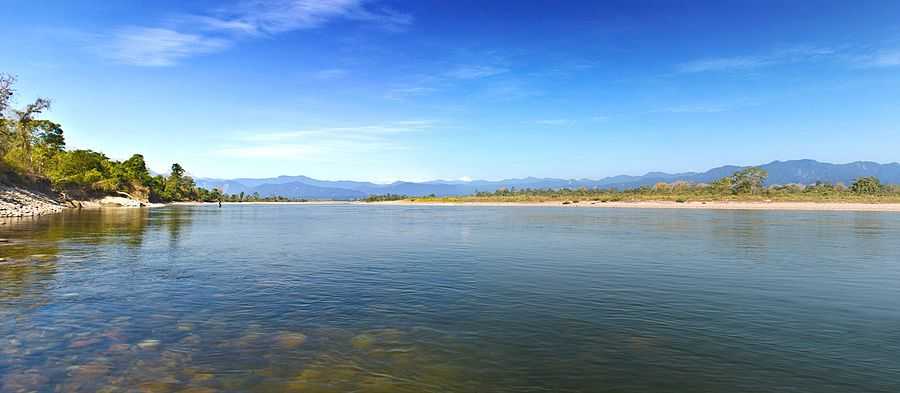
View of Nameri National Park of Sonitpur District.
Protected areas to see in the district are Nameri National Park, Bura Chapori Wildlife Sanctuary, Sonai Rupai Wildlife Sanctuary and a part of Orang National Park. Bhalukpong is also an important tourist place. Tezpur is a small town steeped in history and culture. Some of these are Agnigarh, Mahabhairav Temple, Chitralekha Udyan, Bamuni Hills, Usha Pahar etc. Biswanath Chariali town is 75 km away from Tezpur, is famous for the Biswanath Ghat, also called popularly as “Gupta Kashi”.
Jorhat
A fastly growing urban centre, the last capital of Ahom kingdom and the cultural capital of Assam, Jorhat known for many historical monuments of Ahom era and heritage places built in and around the city during British Raj like Raja Maidam, Lachit Borphukon Maidam, Jorhat Gymkhana Club, Bura Sahib’s Bungalow of Kaziranga Golf Resort, Thengal Bhawan etc. Pilgrimage sites like Dhekiakhowa Bornamghar, which was built by saint Madhavdeva and Borbheti are also the places to visit. Hoollongapar Gibbon Sanctuary (home of Hoolock gibbon), man-made Molai forest, Sui-ka-pha Samanway Kshetra, Jorhat Science Centre and Planetarium, Tocklai Tea Research Institute are the other attractions here.
Sivasagar

As Sivasagar was the seat of the Ahom Kingdom, it is surrounded by many ancient monuments of Ahom era. Those are Rang Ghar, Talatal Ghar, Sivadol, Gola Ghar, Kareng Ghar of Garhgaon, Joy Dol, Sivasagar Tank (Borpukhuri), Joysagar Lake, Joymati Maydam, Vishnu Dol, Devi Dol, Gourisagar Dol and Tank, Charaideo, Namdang Stone Bridge etc. Tai Museum and Uttaran Museum which exhibits the history of Ahom. Panidihing Bird Sanctuary, the abode of more than 250 species of birds.
Hajo
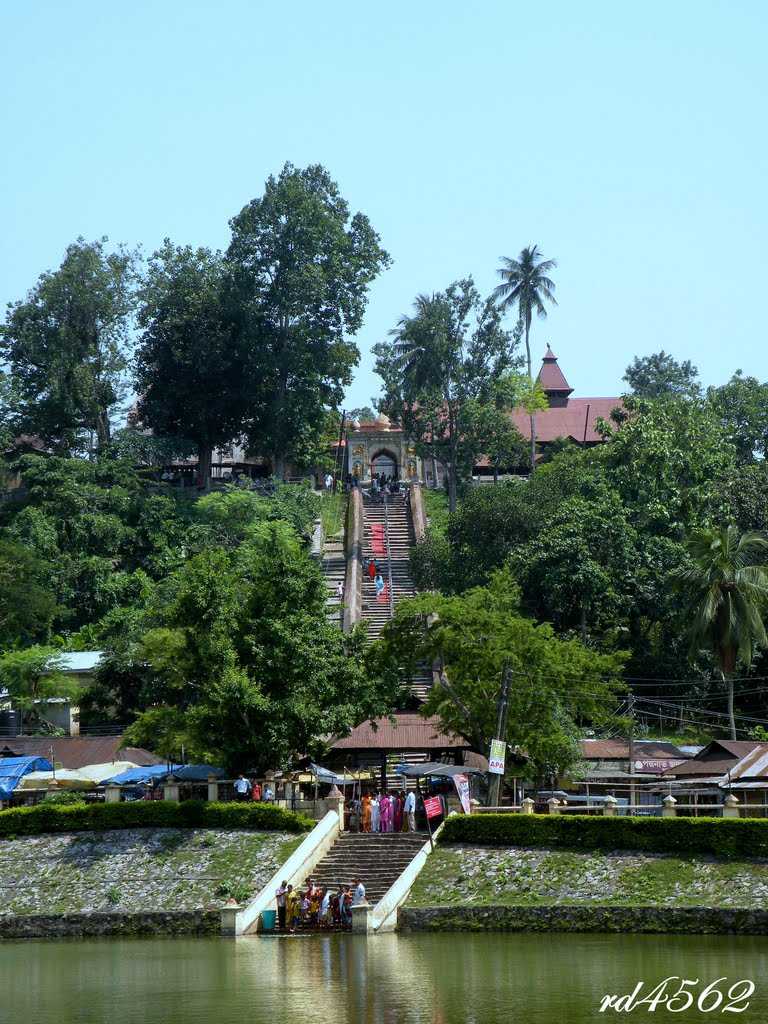
Hajo is an ancient pilgrimage centre for three religions Hinduism, Islam and Buddhism.
Tinsukia
Many prominent shopping malls are there in Tinsukia. Dibru-Saikhowa National Park, one of the biggest national parks in India are situated in Tinsukia. This national park is considered to be a biological hotspot. The Tilinga Mandir (Bell Temple) is a well-known temple situated in the outskirts of Tinsukia city. Digboi Refinery, Asia’s oldest refinery is situated here. A railway park is recent addition to the city. Dehing Patkai Festival are annual festival held at Lekhapani in Tinsukia district. India’s only coal museum is situated at Margherita town in Tinsukia district. Tribal communities in Tinsukia district have taken initiatives to promote ecotourism in the region. The Singpho Eco Tourist lodge in Margherita-Pengari road and the Faneng Village at Lekhapani are two such initiatives by the local tribal communities.
Dibrugarh
Dibrugarh is called the tea capital of the world. The town is situated on the edge of the Brahmaputra River. Set amidst extensive tea estates, Dibrugarh offers tourists the opportunity to experience a life in a tea estate. Recently, tea tourism has started becoming popular, with travel companies such as Greener Pastures and Purvi Discovery offering tea tours. Tipam is a famous tourist spot of Dibrugarh. Tipam is an ethnic village which is famous for its historical places. Besides Tipam, Dehing Patkai National Park is the other attraction. Presently the city has the biggest railway station in Assam with 18 Lines opened in 2009. Rajdhani Express Train Originate from Dibrugarh and Dibrugarh Town.
Udalguri
Other than the multitude of culture and tradition of the various ethnic communities, the district has several tourist places. Some of the important ones are Bathou Temple and Research centre, Namghars, Hanuman Temple, Bhairabkunda Picnic Spot, Gethsemane Man-made Forest (Bhairabkunda) and Bogamati.
Jungal Balahu
Tourist destination of middle Assam in Morigaon district near Raha, Assam 4.5 km away near NH-37/AH National Highway 37 is Jungal Balahu named after the legendary Tiwa King .It is 6.5 km away from Chaparmukh Junction railway station ,130 km away from Lokpriya Gopinath Bordoloi International Airport . Near Nagaon town 27 km away.
Palaces
Museums
Assam State Museum, in Guwahati, has an impressive collection of artefacts of natural history, anthropology, epigraphy, sculptures, folk art, and arms collections. Like all museums, this one holds objects of great historical and cultural significance. You must check out the reconstructed tribal homes to get a feel of quintessential Assamese living.
Interesting Facts About Assam: A Little Treat For Your Mind
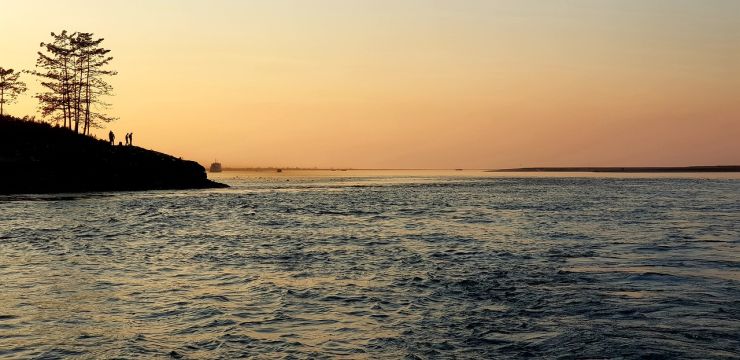
- The Assam-Arakan basin holds ¼ of India’s oil reserves.
- Majuli, the largest river island in the world, is located in Assam (Jorhat).
- When Brahmaputra flows through the state of Assam, it broadens by 10 km, rendering it the widest river in India.
- One of Asia’s oldest amphitheatres – Ranghar, is located near a small town called Sibsagar.
- The one horned rhino population in Kaziranga, is the world’s largest.
- 52% of India’s tea production occurs in the state of Assam. It is also the world’s largest tea producing state.
History: Tales Of Yesteryear
Assam’s intricate past can be bifurcated into prehistory, legendary, ancient, medieval, colonial, and modern history. The existence of life can be traced back to the people of the stone age period. The latter periods witnessed settlements, invasions and conflict from several powerful empires including the following – Danava dynasty, Naraka dynasty, Varmanas, Mlechchha dynasty, Kamarupa-Palas, Ahoms, Shans, Chutia kingdom, Dimasa Kachari kingdom, Bodo – Kachari dynasty, Moamorias and Burmese invaders. The 1800’s witnessed a change, as the British seized control, post the first Anglo-Burmese war. In 1874, Assam was separated from British-ruled Bengal, to form the non-regulation province, or Assam Chief-commissionership. This was followed by an incorporation into the Eastern Bengal and Assam province, in 1905. Finally, in 1912, Assam was established as Assam Province. It was in 1947, however, that Assam became a constituent state in India. Time moves forward for every state, and every country. As the stories of past conquests, heroism and victories fill your mind, take a look at what Assam holds for you today.



